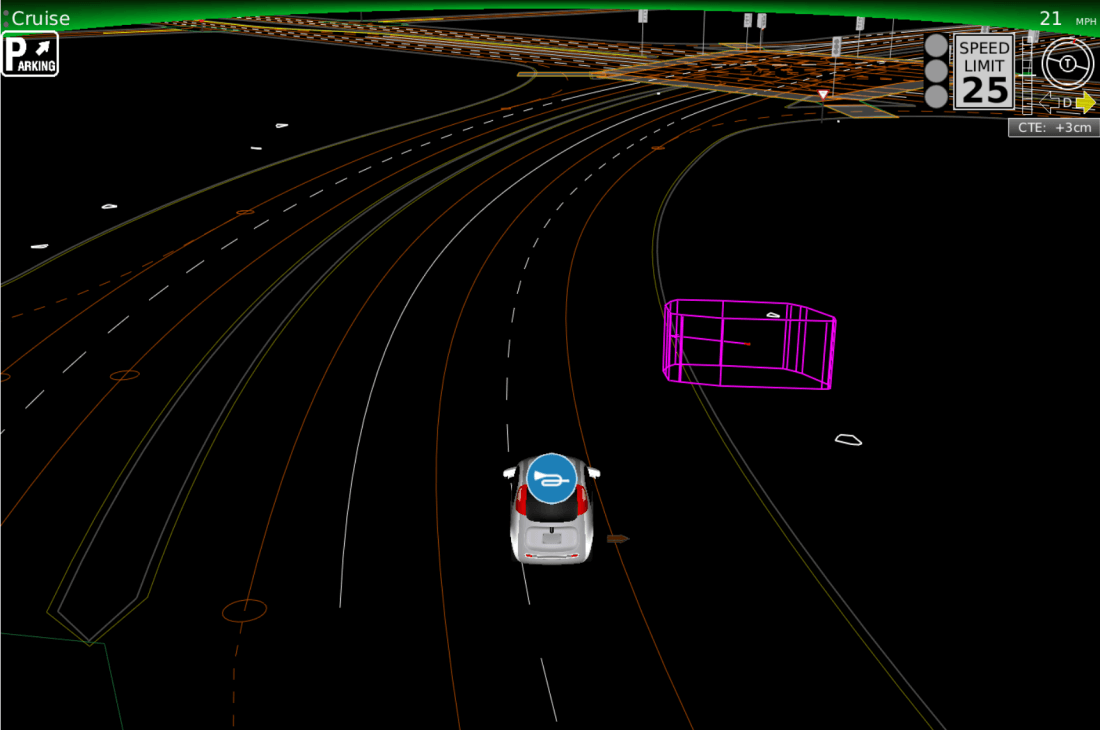Google is teaching its self driving cars to use the horn, but fortunately, they'll be better at it than most humans. Rather than using it to vent its frustrations at terrible drivers the company says the vehicles have been trained to "honk like a patient, seasoned driver" and "only honk when it makes driving safer for everyone".
In its latest Self-Driving Car Project monthly report, the company explained it uses different types of beeps for different circumstances. For example, if another car is slowly reversing toward it, this will trigger two short beeps as a heads up to let the driver know you're there. On a more urgent situation, like a distracted pedestrian or an incoming car on the wrong side of the way, it will use one loud sustained honk.
Google began its test by sounding the horn only inside the vehicle, to ensure that the car wasn't confusing other motorists. But now that the company has tuned its algorithm, the vehicles have been given the green light to honk at others on the road.
Google mentions other curious tidbits in its report. For instance, it mentions they've added a humming sound to its otherwise silent electric vehicle, meant to help alert pedestrians, cyclists, and the visually impaired to the car's presence. The company also experimented with orca noises for some strange reason.
Currently, Google has a total of 58 autonomous vehicles on public roads, driving an average of 10,000 to 15,000 miles per week. The company only had one accident to report in May in which the human occupant was in charge. Fortunately it was a minor incident, the car hit a median at 9 mph with little damage sustained and no there vehicles involved.
